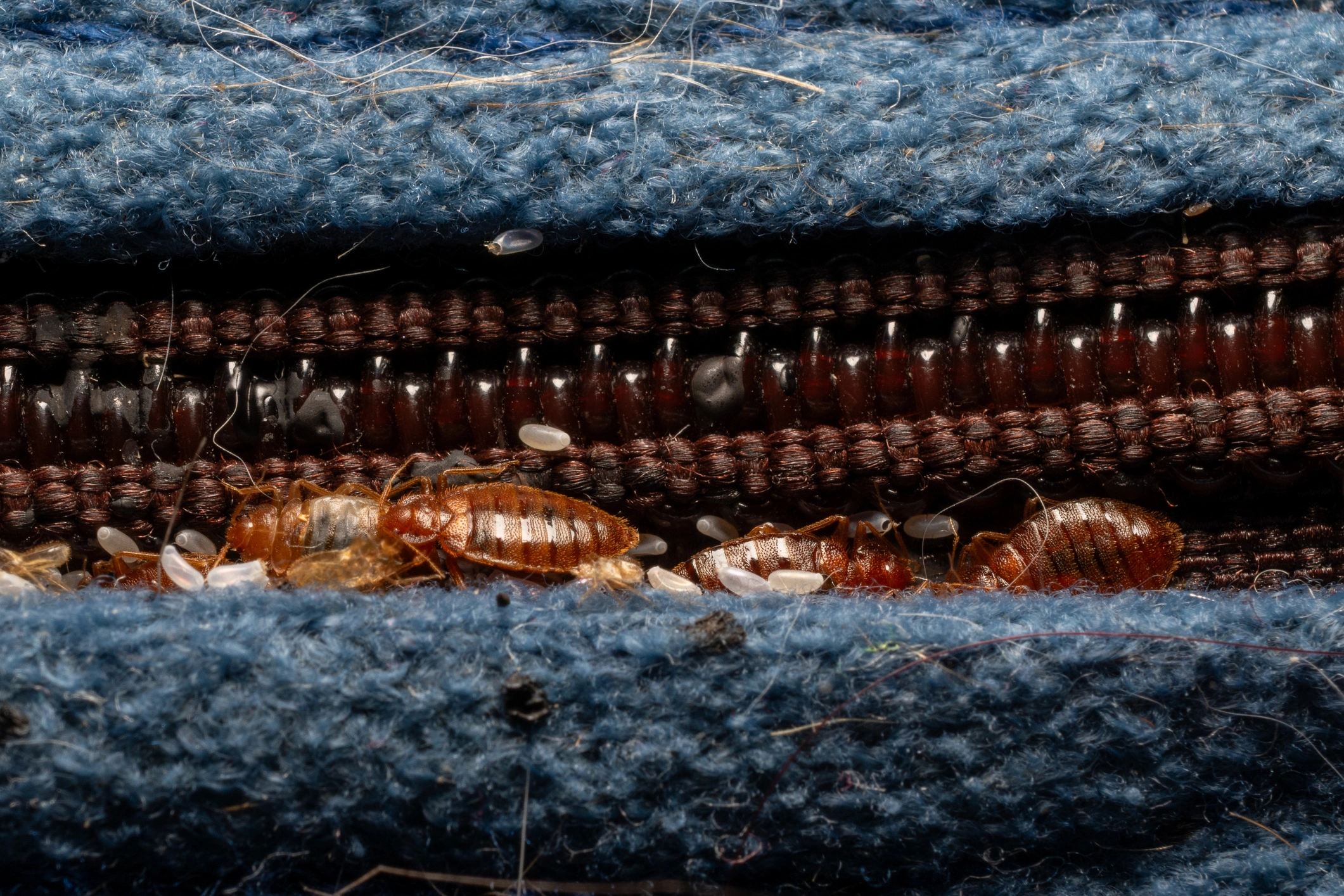

Bed Bug Removal in Shady Grove, TX
Bed bug removal in Shady Grove, TX by Spot On Pest Control, LLC. Comprehensive assessment and aftercare for long-term protection—call today for a quote.

Bed Bug Removal in Shady Grove, TX
Bed bugs are a stressful, persistent problem for homeowners in Shady Grove, TX. Whether you discovered a few bites, rust-colored spots on sheets, or live insects in mattress seams, effective bed bug removal in Shady Grove, TX requires a clear, step-by-step process that addresses current infestation and prevents reintroduction. This page explains the full bed bug removal process used by professionals, from the initial assessment through follow-up visits, with practical preparation, safety, and aftercare advice tailored to Grove homes.
Why bed bug removal matters in Shady Grove, TX
Grove’s warm, humid climate and seasonal travel to nearby lakes and weekend rentals increase the chance of bed bug introductions. Bed bugs hide in furniture, luggage, and secondhand items and can spread quickly through multi-unit buildings. Prompt and thorough bed bug removal reduces bites, sleep disruption, and the need for repeated treatments.
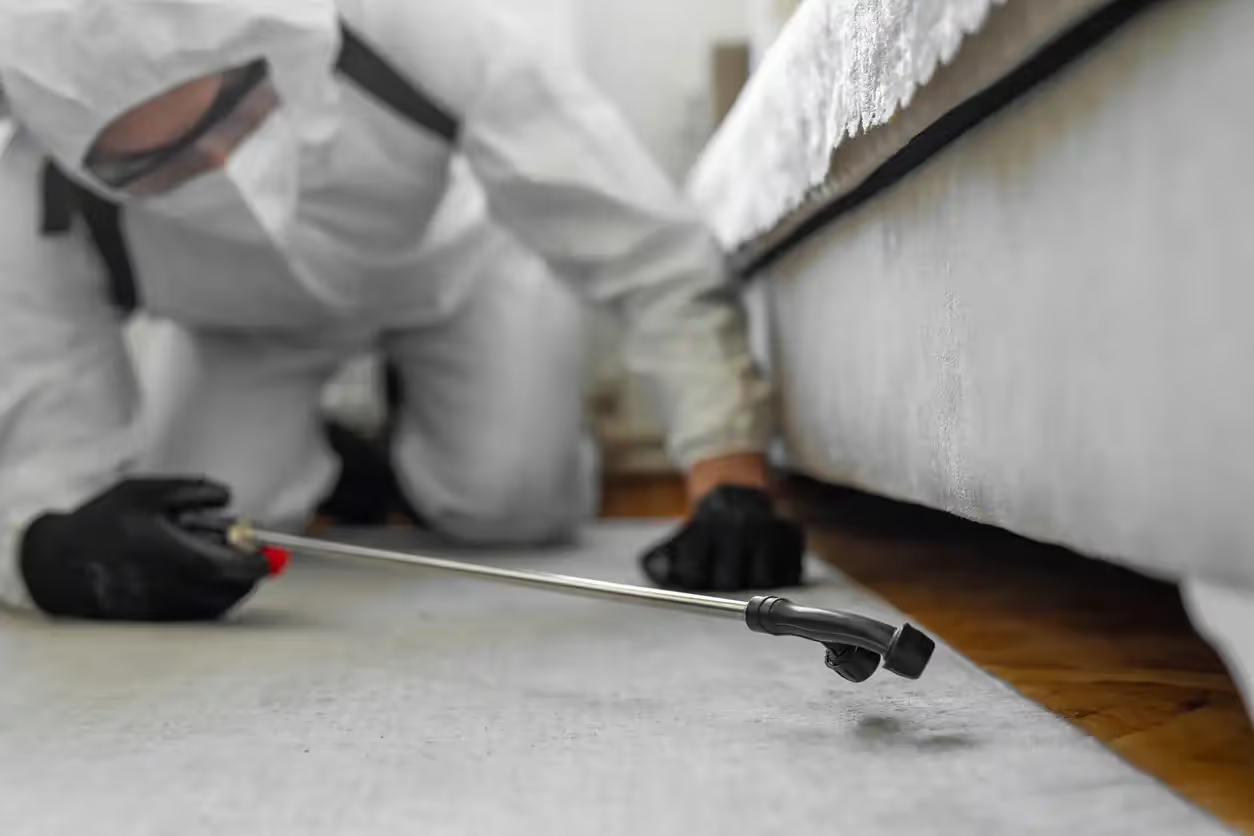
Common bed bug issues in Shady Grove, TX
- Live bed bugs visible on mattresses, box springs, or baseboards
- Tiny rust-colored spots or streaks on bedding and upholstery
- New, unexplained bite patterns after travel or an overnight guest
- Infestations concentrated to one room versus spread across multiple rooms
- Recurrent problems after DIY treatments or incomplete clean-up
Initial assessment and detection
A professional bed bug removal process begins with a thorough inspection to determine infestation scope and the best treatment strategy.
- Visual inspection of sleeping areas, seams, tufts, bed frames, headboards, baseboards, electrical outlets, and nearby furniture
- Use of tools such as flashlights, magnifiers, and bed bug interceptors or monitors
- Optional canine detection for low-level or hard-to-find infestations
- Documentation of findings and a recommended treatment plan that explains localized versus whole-room options
Assessment determines whether a targeted localized treatment will suffice or whether a whole-room approach is necessary to prevent escape and reinfestation.
Treatment plan: localized vs whole-room treatments
Professionals recommend treatment based on infestation size, location, and the home layout.
Localized treatments - targeted applications to specific harborages:
- Steam to crevices, mattress seams, and upholstery where heat can reach residents and eggs
- Residual insecticide treatments applied to bed frames, baseboards, and cracks where bed bugs hide
- Insecticidal dusts for wall voids and electrical outlet gaps
- Encasements for mattresses and box springs to trap and starve hidden bed bugs
Best for early or confined infestations. Faster and minimizes chemical use.
Whole-room treatments - comprehensive approaches for widespread infestations:
- Heat treatment that raises room temperature to levels lethal to bed bugs and eggs (generally one full-day operation)
- Whole-room residual applications combined with focused methods to treat wall voids and furniture
- Structural fumigation in specific circumstances (less common and used in severe multi-unit cases)
Whole-room approaches are recommended when infestation is extensive or when bed bugs are in walls and adjoining rooms.
Occupant preparation checklist
Proper preparation improves treatment success and often reduces the number of follow-up visits.
- Launder all bedding, clothing, and washable fabrics in hot water and dry on high heat. Place clean items in sealed plastic bags.
- Declutter sleeping areas and move small items into sealed containers or trash bags for treatment access.
- Empty dressers and closets so technicians can inspect and treat behind and under furniture.
- Remove pets and plants from the treatment area during active treatments as instructed.
- Unplug electronics but leave them accessible for treatment near sleeping zones if required.
- For heat treatments, electronics should be handled only by technicians according to safety protocols.
Safety considerations
Safety for occupants, pets, and the environment is central to professional bed bug removal.
- Professionals use labeled, EPA-registered insecticides and follow all application instructions.
- Heat treatments require careful monitoring of electronics, fabrics, and structural elements to avoid damage.
- Clear guidance is given on reentry times after chemical application and ventilation advice if needed.
- DIY pesticide use is discouraged due to misuse risk and potential for incomplete control. Certified technicians apply products and protocols to maximize elimination and minimize exposure.
Aftercare and cleaning recommendations
After treatment, ongoing cleaning and monitoring reduce chances of reinfestation.
- Continue laundering bedding weekly for several weeks and inspect mattress seams for stains or live bugs.
- Use mattress and box spring encasements rated for bed bugs to trap any survivors and prevent new harborages.
- Install bed leg interceptors to monitor activity and prevent bed bugs from climbing beds.
- Vacuum floors, baseboards, and furniture regularly and dispose of vacuum bags or contents immediately in sealed bags.
- Avoid bringing used mattresses or upholstered furniture into the home unless thoroughly inspected and treated.
Expected results and follow-up visits
Bed bugs are resilient because eggs can survive some treatments and hatch later. Typical timelines and expectations:
- Localized chemical and steam treatments may require 2 to 4 visits spaced 2 to 3 weeks apart to catch newly hatched bugs and assess progress.
- Heat treatment often delivers significant reduction in one visit, but follow-up inspections within 2 to 4 weeks are common to confirm elimination.
- Complete elimination commonly takes 2 to 6 weeks depending on infestation severity and homeowner adherence to preparation and aftercare guidelines.
- Monitoring with interceptors and follow-up inspections ensures any surviving or reintroduced insects are caught early.
Preventive maintenance for Grove homes
- Inspect luggage and clothing after travel and wash or isolate items before returning them to bedrooms.
- Be cautious with secondhand furniture; inspect and treat items before bringing them inside.
- Maintain regular cleaning routines and periodic visual inspections of sleeping areas.
- Use mattress encasements and interceptors as ongoing preventive measures.
Thorough, professional bed bug removal in Shady Grove, TX combines accurate detection, the right mix of localized or whole-room treatments, careful occupant preparation, and diligent aftercare. With the right protocol and follow-up, most infestations are fully resolved while minimizing disruption and keeping families safe.
Take Control Early With Strategic Bed Bug Elimination
Even a small bed bug issue can escalate fast — and quick action is key. Bed bug removal in Shady Grove, TX by Spot On Pest Control, LLC is built around clear planning, precise treatment, and no-guesswork follow-ups. Whether the problem is confined to one room or has spread, we tailor each solution to your home’s layout and infestation level. With professional heat or targeted removal, plus prevention tips designed for Grove’s climate, you get more than a treatment — you get peace of mind.
Count on Spot On Pest Control, LLC for Bed Bug Removal That’s Planned, Precise, and Proven
Our Services
Our pest control services cover ants, termites, bed bugs, rodents, mosquitoes, and other common pests, with customized solutions for both residential and commercial properties.
.png)



